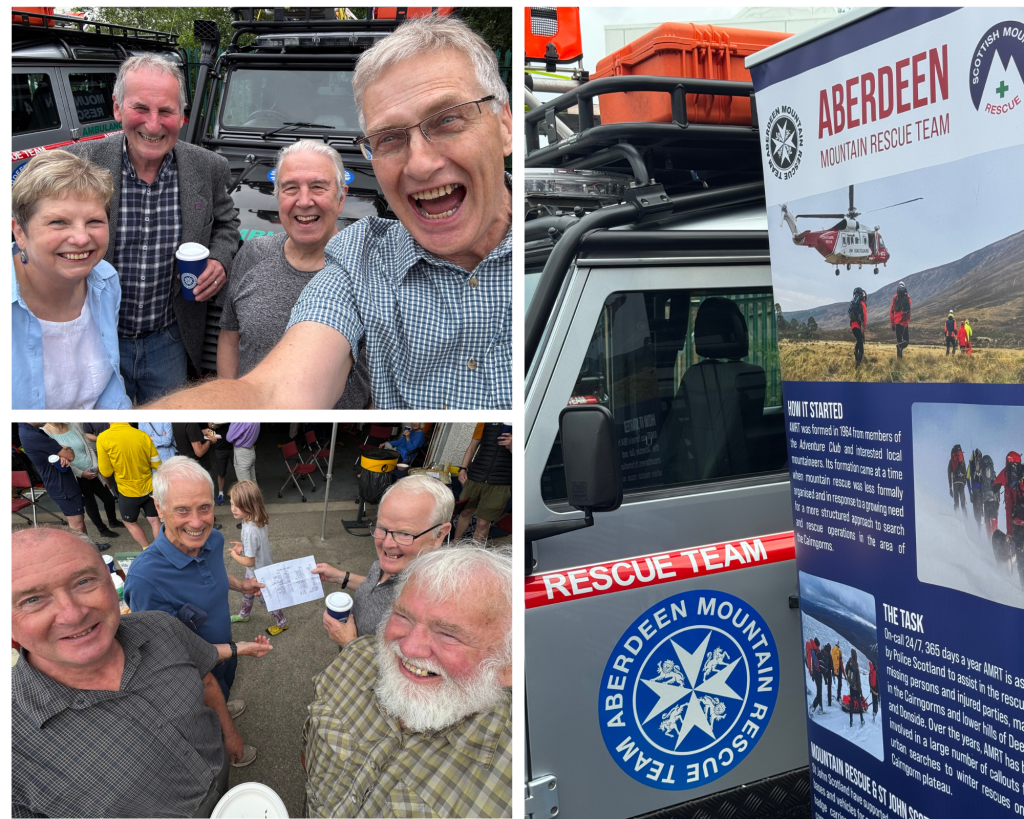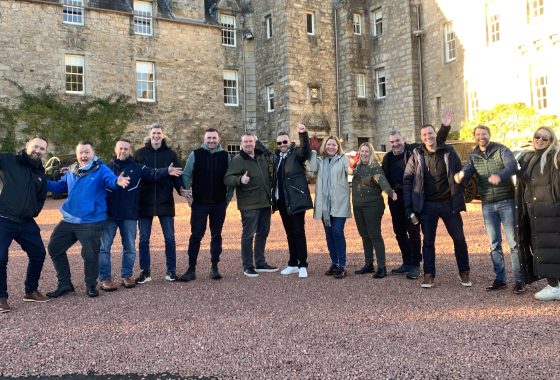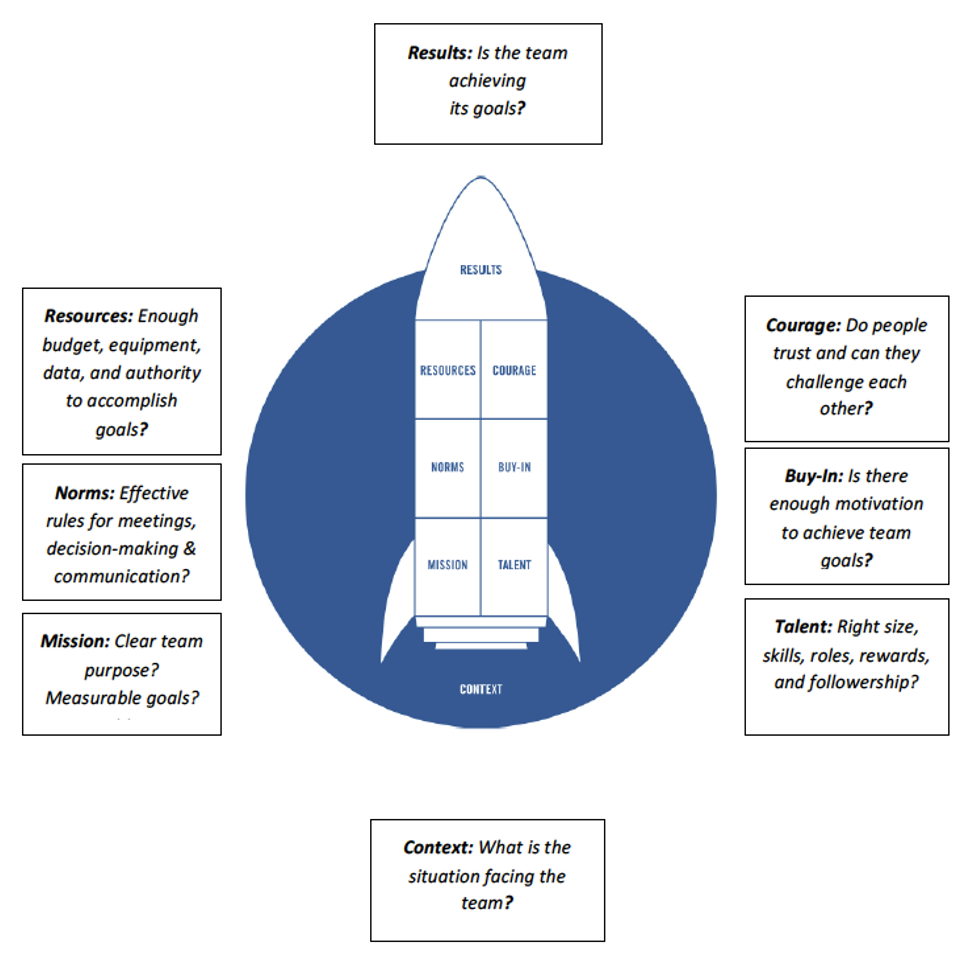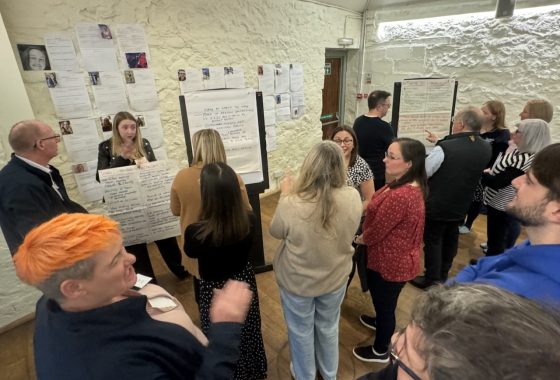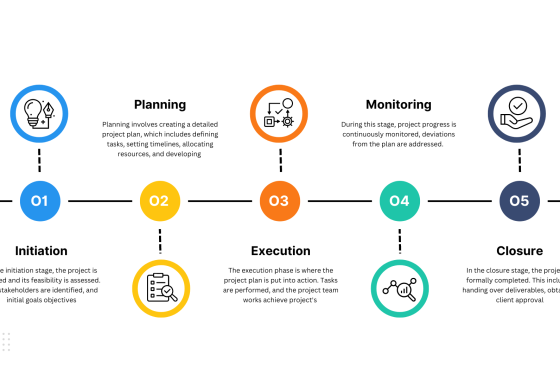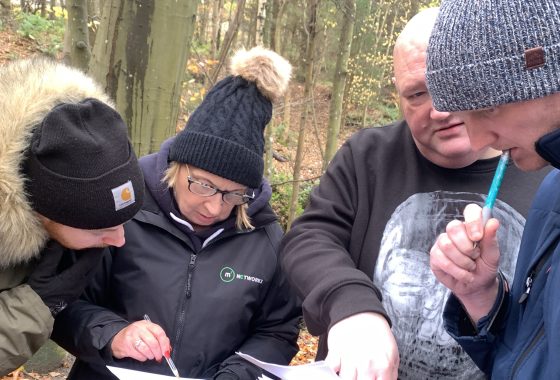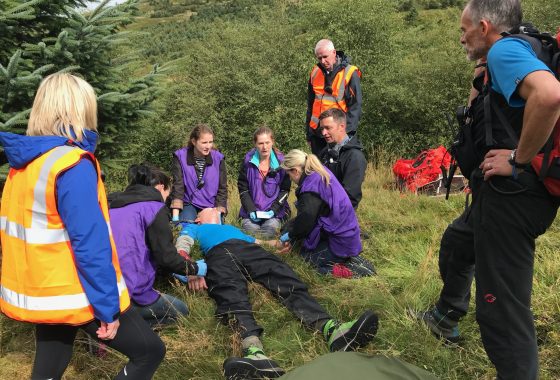Yesterday, I attended the 61st anniversary of the mountain rescue team I served in during the 70s.
Yup, the days before Goretex, smart phones, and pretty much anything digital. And photos, the quality of which, only became apparent days later after film was developed at Boots the Chemist.
And well before social media and the rise of one-trick, minimal lived experience experts pushing this or that brand of “leadership”.
LOOK AT THOSE OLD GITS…
“Is this the end-of-life ward?” I quipped on arrival to peels of laughter (btw many of us are frequent flyers with the NHS!)
Non-pc, but an enduring example of the black humour that helped us deal with the situations we volunteered for.
Old gits, connected by something deep and lasting.
CONTEXT…
We operated in the Southern Cairngorms and the Lochnagar areas of the Highlands.
Difficult, dangerous, remote.
In those days – no drones, no high-mobility vehicles, no digital mapping, very few estate roads, and very cold, big snow winters.
Call-outs, or shouts, often involved the sombre recovery of bodies. Hypothermia, avalanches, bloody climbing falls.
I joined a decade after the team’s 1964 formation. Processes and protocols were early stage and local. Now they are nationwide and codified. Equipment is amazing. There are mandatory national training courses. Professionalisation, but still charity-based. And a lot of good as a result.
SO WHAT?
Knowing what I know now, as a result of a 50+ year leadership journey supported by continuous professional development, and reminded by meeting these amazing souls yesterday (some of whom I see regularly, some of whom I have not seen for 50 years!):
-
The team leaders we worked with were/are all flawed human beings (aren’t we all).
-
They didn’t have names for different leadership strategies or styles.
-
Rather they were virtuoso leadership magicians who dynamically understood context, people, and themselves; and knew when to teach, coordinate, delegate, ask questions, listen, reflect, amend, and direct.
-
They knew when to grip and when to hug, to throw a steely glare and when to smile.
-
They created – indeed we collectively created – a team that also understood context and the ways that getting stuff done needed to happen in service of our partners (the Police, other teams), casualties, and wider stakeholders (benefactors like Order of St John).
-
And sometimes the team leader got it badly wrong and pissed off a lot of people. And that was ok.
A CLOSING WORD…
There was and still is a high bar to be welcomed in as a trusted mountain rescue team member.
Nothing to do with the concept of “othering” that some people focus on . This “in-group” is all about a level of trust that is based on competence, consistency, and connection; it’s about contribution and challenge; and it’s about ownership and accountability. And laughing lots!
A non-negotiable high bar that colleagues and casualties alike demand and deserve.
Look at these faces. They say it all.
Dave Stewart
Founder & Chief Executive
